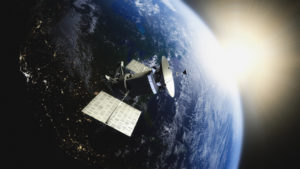Earth Observation’s strategic shift: cracking the code of commercial markets
The satellite-based commercial Earth Observation (EO) industry faces a crucial turning point, deeply entrenched in a historical reliance on government and military (Gov/Mil) contracts as its primary revenue source. This gravitational pull of Gov/Mil demand has prompted another commercial player to relocate its main offices to United States due to its inability to meet revenue.





